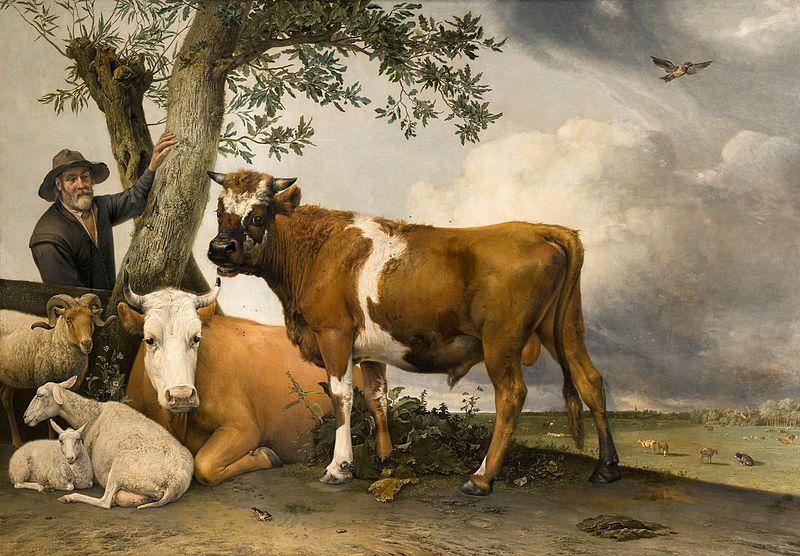If the house catches fire, I’ll knot my twisted bedsheets together and scramble to safety from an upstairs window. Plan B? Jump to the mulberry tree after rallying the family for evacuation. If the pilot has a heart attack… if the brakes on the car fail…you get the idea. From the time I was in elementary school I have strategized the means by which I will save my family if disaster strikes. Tidal waves, earthquakes, collapsing bridges—there’s a plan.
In novels and short stories, it’s called “saving the cat”—the moment when the protagonist–who may have some pretty overt failings, redeems himself by running back into the burning building to rescue the cat. But when I was 8, I learned you can’t plan for these events. You have to already be a hero, and if that’s what you’re made of the moment finds you.
Summer was stir-fry hot. My older sister, her pretty friend Patty, some neighborhood boys, and I were crabbing off the end of our pier while our collie, Beau, kept an eye on us. Normally, we combed the seaweed for doublers within wading distance of shore or searched for unwary crustaceans clinging delicately to the pier pilings. But this time we’d procured chicken necks and that’s where the trouble began.
The smell of creosote baking in the midsummer sun, the saltwater breeze off the river, dragonflies flitting about in the beachgrass, all conspired to create what could have been a typical July afternoon. There were more kids than crab nets so there was the usual jostling at the end of the pier as we tied thick twine around each boney crook of chicken, securing the other end to a piling with an untoward number of knots before tossing the bait in the water. I’m not sure, but I may have been vain about my knot tying. I may have thought they were exceptionally tricky or tight. Someone, my father or perhaps a Girl Scout leader, had taught me to tie a slipknot, a bowline, a half hitch and a square knot.
Ernie, or more likely, Reese, peered over the end of the dock where we had several lines dangling and yelled, “Doubler! Give me the net!” We clustered shoulder to shoulder as he began gently tugging the string, inch by slow inch, towards the surface. The crabs, which had begun the ascent as mere murky outlines, were now crystal clear just inches below our own rippling reflections. A 10-inch hard shell with a softy attached. With one quick scoop of the net and a flip of the wrist, Reese had the pair scrabbling in our rusty bucket. The chicken neck lay on the splintery dock, a boney hook on a homemade line.
In that split second, before anyone could stop him, the enterprising Beau lunged between our legs and swallowed the chicken neck whole, the string still secured to the piling. Six kids shrieked with excitement at the new development as the dog began to take huge, panicked gulps of the string, in an attempt to finish it off now that the chicken was stuck in his gullet. We desperately tried to unknot the twine as the distressed dog retched but the string had gotten wet, then dried in the sun. That chicken neck might as well have been soldered to the piling.
As we realized we couldn’t pull the chicken out, and no one had a knife, what had been exciting, was fast becoming an emergency.
Suddenly, the resourceful Patty fell to her knees, grabbed the string as close to the dog’s mouth as she could get, and started to chew. Time slowed as the dog gagged, Patty chomped away, and the rest of us stared, silenced by the gross ingenuity of this development. The sun beat down, the dragonflies danced for their lives with only a few months to live, and after an intense minute the string gave way. The dog polished off the last couple of inches with a happy bark, and we erupted in a rousing cheer.
It has taken me years not to live as a strategist. To cross the Bay Bridge admiring the sparkling shimmer beneath the span-shadows, instead of wondering how long I can float on my back when the guardrail gives way.
I don’t know if this daydreaming was a hope for attention or a childish savior complex. Or perhaps it was where the mind of a child goes who, for good reason, has learned she has absolutely no control over what happens to her. Who has learned that fear is a required course in childhood, but fun is an elective. Who has learned to prepare for the worst because no one’s coming. But for all my preparation, research shows heroes don’t stop to plan or to reason. They act instantaneously and intuitively on an innate urge to serve. The good they do is instinctive.
I hope if the moment ever presents itself, I save the cat. Or the dog. Or someone’s baby, or an old man with a cane. I want to cure Juvenile Diabetes, to end addictions of every kind. To feed the starving on a global scale, foster abandoned children, bring laughter to the sad of heart.
But I think most of us don’t get the opportunity to save the cat. Instead, we have to live with the cat. Long days and unremarkable years of loving in the most ordinary of ways, steadfast and unacknowledged. Commuting insane hours on the beltway to provide for a family, rising repeatedly on sleepless nights to soothe fevers, and one day, reminding the parent who named us, of our name.
If you were loved this way, by anyone, may you be inspired to love this way in kind. That will make heroes of all of us.
*****











